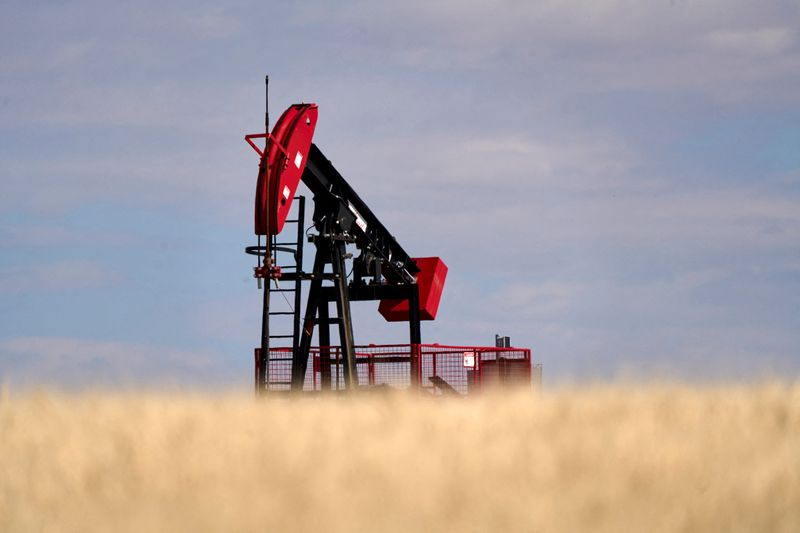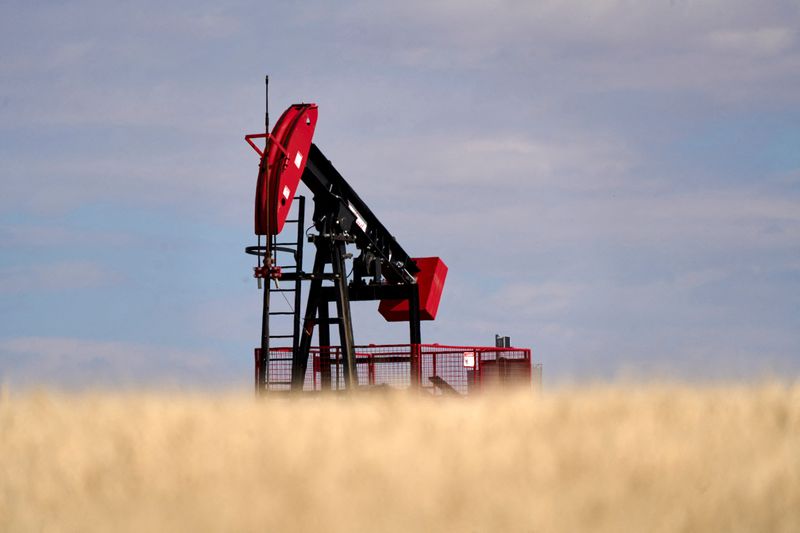
By Arathy Somasekhar
HOUSTON (Reuters) -Oil prices ticked up on Friday and were set for weekly gains after closing the previous session at their highest in more than two months, underpinned by colder European and U.S. weather and additional economic stimulus flagged by China.
Brent crude futures were up 45 cents, or 0.6%, at $76.39 a barrel by 11:28 a.m. ET (1628 GMT) after settling on Thursday at the highest level since Oct. 25. U.S. West Texas Intermediate crude gained 72 cents, or 1%, to $73.84.
Brent was on track for a 3% weekly gain, while WTI was set for a 4.6% increase.
Signs of Chinese economic fragility heightened expectations of policy measures to boost growth in the world’s top oil importer.
“China just is unceasing at this point in terms of their announcements about trying to stoke economic activity, and the market’s taking note of that,” said John Kilduff, partner at Again Capital in New York.
Worries about Chinese demand were a factor in bearish demand assumptions last year, he added.
China announced a couple of new measures to boost growth this week with a surprise move to raise wages for government workers and the announcement of a sharp increase in funding from ultra-long treasury bonds.
The additional funding is to be used to spur business investment and consumer-boosting initiatives.
Oil is likely to have gained some price support from expected increased demand for heating oil after forecasts for colder weather in some regions.
“Oil demand is likely benefiting from cold temperatures across Europe and the U.S.,” said UBS analyst Giovanni Staunovo.
Also supporting prices, U.S. crude stockpiles dropped by 1.2 million barrels to 415.6 million barrels last week, EIA data showed.
Meanwhile U.S. gasoline and distillate inventories jumped as refineries ramped up output, though fuel demand hit a two-year low.

Holding back prices however, the dollar was on track for its best week in about two months, even as it dipped on Friday, on expectations that the U.S. economy will continue to outperform its peers globally this year and that U.S. interest rates will stay relatively higher.
Higher rates increase borrowing costs, which can cut economic growth and demand for oil.
This post is originally published on INVESTING.


